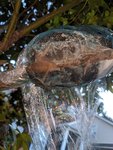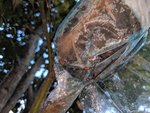JakeH
Sapling
So a day or two ago my friend gave me permission to air layer one of the branches on his Bloodgood JM. It's a super healthy tree, and although it's a bit later in the season I'm still going to try and layer it.

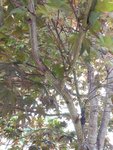

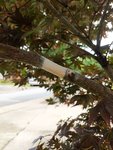
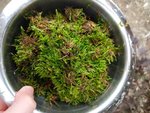
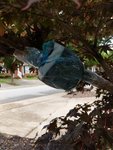
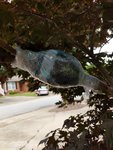
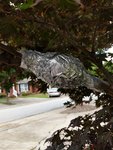
I basically just did the standard procedure. Made some nice deep cuts, scraped the wood, dusted some rooting hormone, put some moss on it in a bag, and wrapped it all up. Really hoping this works out, but if not it wont be too big of a loss.
Only thing I'm a little worried about is maintaining good moisture. There may be gaps on the ends of my wrapping and I'm not sure if this'll dry out quickly. About how often do you guys check for moisture? and for roots?








I basically just did the standard procedure. Made some nice deep cuts, scraped the wood, dusted some rooting hormone, put some moss on it in a bag, and wrapped it all up. Really hoping this works out, but if not it wont be too big of a loss.
Only thing I'm a little worried about is maintaining good moisture. There may be gaps on the ends of my wrapping and I'm not sure if this'll dry out quickly. About how often do you guys check for moisture? and for roots?



